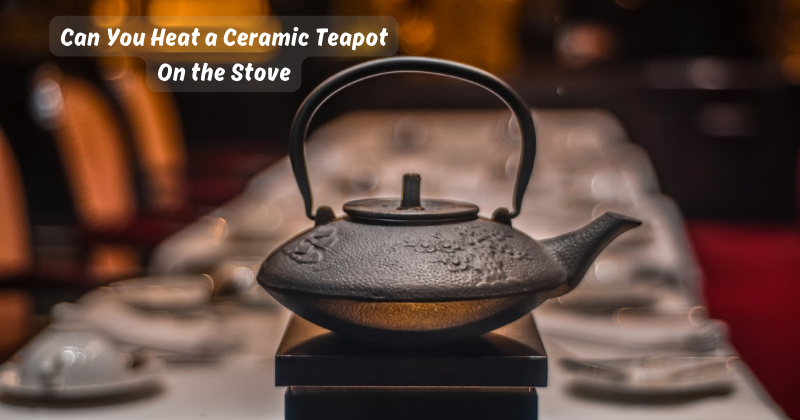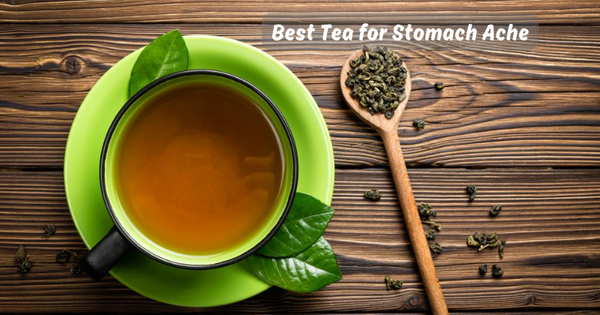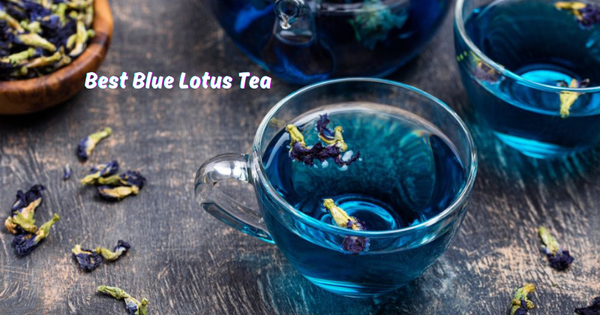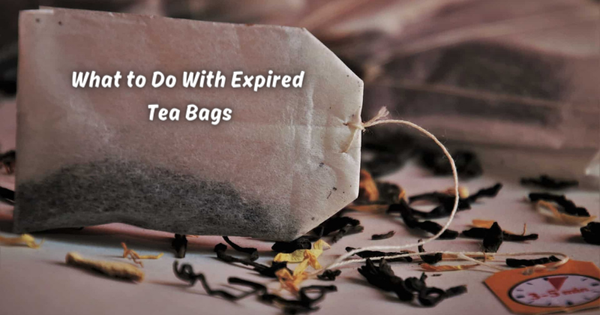Can you heat a ceramic teapot on the stove?
This is a common question that tea enthusiasts often ponder. Ceramic teapots have been a popular choice for brewing tea for centuries, but their compatibility with stove top heating can be ambiguous.
The answer depends on the specific characteristics of the teapot. Some ceramic teapots are designed with high-quality, heat-resistant materials that can withstand direct heat on a stove. These teapots are typically made from durable, well-crafted ceramics that distribute heat evenly and retain temperature effectively.
However, it's important to exercise caution as not all ceramic teapots are suitable for stovetop use. Lower-quality or decorative teapots may be more prone to cracking or breaking under direct heat. This guide will delve into the factors to consider when heating a ceramic teapot on the stove and provide tips for safe and successful stovetop brewing.
Difference Between Ceramic and Porcelain Teapots
Before we discuss heating a ceramic teapot on the stove, we must understand the difference between ceramic and porcelain teapots. While both are made from clay and go through similar firing processes, there are distinct differences in composition and durability.
Ceramic teapots are usually made from earthenware or stoneware clays fired at lower temperatures, producing a more porous and fragile material. On the other hand, porcelain teapots are made from kaolin clay fired at higher temperatures, creating a denser and harder material. Porcelain teapot handles and spouts are often separate pieces attached to the body, while ceramic teapots tend to have one continuous form.
In terms of heating on a stove, porcelain teapots are generally safer as they can withstand higher temperatures without the risk of cracking or breaking. However, ceramic teapots can still be used on a stovetop with proper care and understanding of their limitations.
Can You Heat a Ceramic Teapot On the Stove?
Yes, you can heat a ceramic teapot on the stove if it is made from high-quality materials and used cautiously. Do not place your ceramic teapot directly on a hot burner or coil, as this can cause damage. Instead, use a diffuser or heat-resistant pad to protect your teapot and evenly distribute the heat from the stovetop. Direct heat can cause cracking or breaking, so it's important to carefully handle your ceramic teapot. If you need hot water for your tea, it's recommended to heat the water separately and then pour it into the teapot.
That is why metal tea kettles are often preferred for stovetop heating, as they can handle direct heat without risk of damage. However, if you have a high-quality ceramic teapot that is specifically designed for stovetop use, it can still be a great option for brewing your favorite tea. Just make sure to follow these guidelines and use caution when heating the stove. Next, some factors to consider when heating a ceramic teapot on the stove.
Factors to Consider When Heating a Ceramic Teapot on the Stove
Before attempting to heat a ceramic teapot on the stove, several factors should be considered:
Material
The first factor is the material of the teapot itself. As mentioned, high-quality ceramic teapots are typically made from sturdy and heat-resistant materials. These can include porcelain, stoneware, or borosilicate glass. These materials are designed to withstand high temperatures without cracking or breaking.
On the other hand, some ceramic teapots may be made from lower-quality ceramics that are not suitable for direct heat. For example, terra cotta teapots are not recommended for stovetop use as they can easily break under high temperatures.
Design
The design of the ceramic teapot is also an important factor to consider. Teapots with thick and sturdy walls are more likely to withstand direct heat, while those with thinner or more delicate construction may be more prone to damage. Additionally, teapots with a flat or slightly curved bottom are better suited for stovetop heating as they have more surface area in contact with the heat source.
Handle and Spout
The handle and spout of the teapot should also be considered when determining its compatibility with stovetop heating. Handles that are securely attached to the teapot and made from heat-resistant materials are essential for safe handling. The spout should also be designed to allow easy and controlled pouring of hot liquid.
Tips for Heating a Ceramic Teapot on the Stove
If you have determined that your ceramic teapot is suitable for stovetop use, here are some tips to keep in mind when heating it on the stove:
- Always start with a low heat setting and gradually increase the temperature. This will allow the teapot to heat slowly and reduce the risk of cracking or breaking.
- Avoid placing a cold teapot directly on high heat, as this sudden change in temperature can cause it to crack. Instead, let the teapot warm up on low heat for a few minutes before increasing the temperature.
- Use a heat diffuser or trivet to place the teapot on top of if your stove does not have a gentle enough setting. This will provide a buffer between the direct heat and the teapot, reducing the risk of damage.
- Never leave a teapot unattended on the stove. It's important to keep an eye on it and monitor the temperature to avoid any accidents.
- When heating the teapot, make sure to use a pot holder or oven mitt to protect your hands from the heat. The handle and spout may also become hot, so be cautious when handling these parts as well.
Using stove burner grates is also not recommended for heating a ceramic teapot, as they can cause uneven heat distribution and increase the risk of damage. Follow tips for safe and successful stovetop brewing.
Alternative Methods for Heating up Water or Tea in a Ceramic Teapot
While heating a ceramic teapot on the stove may be a preferred method for some, there are alternative ways to heat up water or tea in a ceramic teapot. One popular option is using an electric kettle, which eliminates the need for direct stovetop heat and allows for more precise temperature control. Electric kettles can also be used to heat water for other purposes such as cooking or making hot beverages. Most tea kettles also come with an automatic shut-off feature, making it a safer option.
If you are making tea for a larger group, you can also consider using a hot water dispenser or simply heating up water in a pot on the stove and pouring it into the teapot when ready.
Another option is using a microwave-safe glass measuring cup to heat water in the microwave before pouring it into the teapot. This method is quick and efficient, but keep in mind that microwaving water can result in uneven heating and potential hot spots.
What Temperature Does Ceramic Teapot Burn?
The temperature at which a ceramic teapot will burn or crack varies depending on several factors, including the material and construction of the teapot and the type of stove it is being used on.
Generally, high-quality ceramic teapots can withstand temperatures up to 600 degrees Fahrenheit without any damage. However, it's always best to err on the side of caution and avoid exposing your teapot to extremely high temperatures.
Putting a Ceramic Teapot on the Stove May Cause It to Crack or Break
While it is possible to heat a ceramic teapot on the stove safely, there is still a risk of cracking or breaking. In some cases, the damage may not be immediately visible and can happen over time with repeated exposure to high temperatures. To prolong the life of your ceramic teapot, it's recommended to follow these guidelines and handle it with care when heating on the stove.
Some stove burners may also produce uneven heat, which can increase the risk of cracking or breaking. It's important to be aware of this and adjust the heat accordingly to avoid placing too much stress on one area of the teapot.
FAQs
Can a ceramic teapot be heated?
Many high-quality ceramic teapots are designed for stovetop use and can withstand direct heat. Plus, the heat-resistant materials used in their construction make them suitable for heating water or tea. Tea kettle or electric kettle are also alternative methods for heating up water or tea in a ceramic teapot.
Is it OK to heat a glass teapot on the stove?
For boiling water or steeping tea, it's generally safe to heat a glass teapot on the stove. Boil water in tea pot over low-medium heat, and transfer it to your tea pot to steep with tea. Green tea also can make in glass teapot. Tea leaves may stain the glass so only use one type of tea all the time. However, always check the manufacturer's recommendations before using a glass teapot on the stove.
Is a teapot better than a microwave?
It ultimately depends on personal preference. Some people prefer the control and precision of heating water in a teapot on the stove, while others may find it more convenient to use a microwave. It's important to choose the method that works best for you and your teapot.
Is ceramic teapot better than stainless steel?
Both ceramic and stainless steel teapots have their advantages. Ceramic teapots are known for their aesthetic appeal and ability to retain heat, while stainless steel teapots are more durable and easier to clean. Cast iron used in a stainless steel interior also provides a long-lasting heating effect. Ultimately, the choice between the two will depend on personal preference and intended use.
Conclusion
In conclusion, whether you can heat a ceramic teapot on the stove requires careful consideration. While some ceramic teapots are designed to withstand direct heat, not all are suitable for stovetop use. It is crucial to consider factors such as the materials used and the quality of the teapot. Referencing expert opinions and reliable sources helps to understand the limitations and potential risks associated with heating ceramic teapots on the stove. The consensus advises against using ceramic teapots as kettles on a stovetop.
Alternative methods, such as heating water separately using a kettle or saucepan, can be employed to avoid damaging the teapot. Additionally, using hot water to warm up a ceramic teapot is safe.
Ultimately, it is essential to prioritize safety and follow the manufacturer's instructions to ensure the longevity and effectiveness of your ceramic teapot. By making informed decisions and using appropriate heating methods, you can enjoy the art of brewing tea while preserving the integrity of your teapot.







